PRESENTATION:
Flacon de verre teinté de 60 gélules.
PRECAUTIONS D’EMPLOI:
Ce produit n’interfère avec aucun médicament. Il peut être administré aux enfants à partir de 6 ans, aux personnes âgées et aux femmes enceintes.
INGREDIENTS PRINCIPAUX:
UN COMPLEXE DE VITAMINES B
(B1, B2, B3, B5, B6, B8, B9)sans vitamine B12.
– Thiamine ou vitamine B1: anti névritique (système nerveux)
– Riboflavine ou vitamine B2: anti-dermatite, essentielle à la production de l’ énergie au sein de l’organisme
– Nicotinamide ou vitamine B3: vitamine essentielle elle aussi à la production d’énérgie
– Acide pantothénique ou vitamine B5: vitamine de la peau et des cheveux
– Vitamine B6: vitamine recommandée aux femmes enceintes ou en cas de syndrome prémenstruel
– Biotine ou vitamine B8 ou H: peau et cheveux
– Acide folique ou vitamine B9: anti-anémique et prévention des malformations du foetus.
INGREDIENTS:
agent de charge: cellulose microcristalline; gélule: gélatine alimentaire; anti-agglomérant: sels de magnésium d’acides gras; Nicotinamide (Vit. B3); Pantothénate de calcium (Vit. B5); Chlorhydrate de pyridoxine (Vit. B6); Riboflavine (Vit. B2); Chlorhydrate de thiamine (Vit. B1); Acide ptéroylmonoglutamique (Acide folique -Vit. B9); Biotine (Vit. H).
Mis à jour: 08/04/2025
RÔLE DE SES CONSTITUANTS:
Les vitamines B sont essentielles à la santé.
On les trouve dans les légumes, certains fruits, les noix, les graines, les légumineuses, les oeufs et la levure de bière.
Notre vie moderne entraine une alimentation déséquilibrée, l’agriculture industrielle produit des aliments pauvres en éléments nutritifs, les médicaments provoquent des dysbioses chroniques ou aigues qui affectent l’absorption des vitamines et minéraux.
L’alcool, le café, le tabac, le stress, le sucre, les contraceptifs oraux, les antibiotiques et la chimiothérapie anti-cancéreuse sont les ennemis des vitamines B.
Les déficits nutritionnels s’accentuent avec l’âge.
La conséquence est l’apparition de carences plus ou moins importantes de l’ensemble de la population (OMS 1985).
La Thiamine ou vitamine B1 est essentielle dans la régulation du métabolisme énergétique et elle agit comme coenzyme en convertissant les hydrates de carbone en énergie dans les muscles et dans le système nerveux.
La Riboflavine ou vitamine B2 a une action très importante dans le bon fonctionnement de l’ensemble du système nerveux et du cerveau.
La Nicotinamide ou vitamine B3 joue un rôle essentiel dans la production et l’utilisation de l’énergie et elle favorise la respiration cellulaire. Elle participe également à la régulation du cholestérol.
L’Acide pantothénique ou vitamine B5 est un composant du coenzyme A, qui intervient dans le métabolisme des sucres, des graisses et des protéines en produisant de l’ énergie.
Le chlorhydrate de pyridoxine ou vitamine B6 participe aussi au métabolisme des sucres, des protéines et des graisses. Il favorise la production des anticorps, des globules rouges (2009 : 7 (9) : 12) et de la vitamine B3.
Il réglemente également le fonctionnement du système digestif, du système nerveux (2009 : 7 (9) : 12) et musculaire.
• Contribue à un métabolisme énergétique normal (2010 ; 8 (10) : 1)
• Contribue à la synthèse de la cystéine (2010 ; 8 (10) : 1)
• Favorise la régulation de l’activité hormonale (2010 ; 8 (10) : 1)
• Participe au métabolisme de l’homocystéine (2010 ; 8 (10) : 1)
• Contribue au métabolisme normal des protéines et du glycogène (2009 : 7 (9) : 12)
• Contribue à une fonction psychologique normale (2010 ; 8 (10) : 1)
• Participe au fonctionnement normal du système immunitaire (2009 : 7 (9) : 12)
• Aide à réduire la fatigue (2009 : 7 (9) : 12)
La biotine ou vitamine B8 ou H contribue à la croissance et au développement normal de la peau , des cheveux, des nerfs et de la moêlle épinière.
L’acide folique ou vitamine B9 est la vitamine de la croissance, conseillée pendant la grossesse, pour les prématurés, les anémiques et l’artériosclérose.
• Participe à la croissance des tissus maternels pendant la grossesse
• Participe à la synthèse des acides aminés
• Contribue à une hémophorèse normale
• Contribue au métabolisme de l’homocystéine
• Contribue à une fonction psychologique normale
• Contribue au fonctionnement normal du système immunitaire
• Aide à réduire la fatigue
• Participe à la division cellulaire
CONSEILS D’UTILISATION:
1 gélule par jour.
On peut prendre DELTA B pendant, ou en dehors des repas.
Il n’existe aucune toxicité et le surplus éventuel est éliminé dans l’urine qui se colore en jaune orange.
Les vitamines B son potentialisés par :
la vitamine C – le calcium – le soufre – la vitamine E – le potassium.
L’exclusion de la vitamine B12: celle-ci est un facteur de croissance.
Il est donc prudent de ne pas l’absorber de façon systématique chez les patients porteurs de maladies tumorales.
BIBLIOGRAPHIE:
• « Confronting Pancreatic Cancer ». Archived from the original on 3 February 2008. Retrieved 2008-02-08.
• Schernhammer, E., et al. (June 1, 2007). « Plasma Folate, Vitamin B6, Vitamin B12, and Homocysteine and Pancreatic
Cancer Risk in Four Large Cohorts ». Cancer Research 67 (11): 5553–60. doi:10.1158/0008-5472.CAN-06- 4463. PMID 17545639. Retrieved 2008-02-08.
• United Press International (June 1, 2007). « Pancreatic cancer risk cut by B6, B12 ». UPI.com.Archived from the original on 10 March 2008. Retrieved 2008-02-08.
• Vitamins, water soluble at FAQ.org
• Shaw I, Rucklidge JJ, Hughes RN. (2010). « A Possible Biological Mechanism for the B Vitamins Altering Behaviour in Attention-Deficit/Hyperactivity Disorder ». Pharm Med 24 (5): 289–294.doi:10.2165/11584440-
• National Academy of Sciences. Institute of Medicine. Food and Nutrition Board., ed. (1998). »Chapter 4 – Thiamine ». Dietary Reference Intakes for Thiamine, Riboflavin, Niacin, Vitamin B6, Folate, Vitamin B12, Pantothenic Acid, Biotin, and Choline. Washington, D.C.: National Academy Press. pp. 58–86. ISBN 0-309-06411-2. Archived from the original on 18 June 2009. Retrieved 2009-06-17.
• National Academy of Sciences. Institute of Medicine. Food and Nutrition Board., ed. (1998). »Chapter 5 – Riboflavin ». Dietary Reference Intakes for Thiamine, Riboflavin, Niacin, Vitamin B6, Folate, Vitamin B12, Pantothenic Acid, Biotin, and Choline. Washington, D.C.: National Academy Press. pp. 87–122. ISBN 0-309-06411-2. Archived from the original on 18 June 2009. Retrieved 2009-06-17.
• National Academy of Sciences. Institute of Medicine. Food and Nutrition Board., ed. (1998). »Chapter 6 – Niacin ». Dietary Reference Intakes for Thiamine, Riboflavin, Niacin, Vitamin B6, Folate, Vitamin B12, Pantothenic Acid, Biotin, and Choline. Washington, D.C.: National Academy Press. pp. 123–149. ISBN 0-309-06411-2. Archived from the original on 18 June 2009. Retrieved 2009-06-17.
• http://www.rxabbott.com/pdf/niaspan.pdf
• National Academy of Sciences. Institute of Medicine. Food and Nutrition Board., ed. (1998). »Chapter 7 – Vitamin B6″. Dietary Reference Intakes for Thiamine, Riboflavin, Niacin, Vitamin B6, Folate, Vitamin B12, Pantothenic Acid, Biotin, and Choline. Washington, D.C.: National Academy Press. pp. 150–195. ISBN 0-309-06411-2. Archived from the original on 18 June 2009. Retrieved 2009-06-17.
• National Academy of Sciences. Institute of Medicine. Food and Nutrition Board., ed. (1998). »Chapter 8 – Folate ». Dietary Reference Intakes for Thiamine, Riboflavin, Niacin, Vitamin B6, Folate, Vitamin B12, Pantothenic Acid, Biotin, and Choline. Washington, D.C.: National Academy Press. pp. 196–305. ISBN 0-309-06411-2. Archived from the original on 18 June 2009. Retrieved 2009-06-17.
• National Academy of Sciences. Institute of Medicine. Food and Nutrition Board., ed. (1998). »Chapter 9 – Vitamin B12″. Dietary Reference Intakes for Thiamine, Riboflavin, Niacin, Vitamin B6, Folate, Vitamin B12, Pantothenic Acid, Biotin, and Choline. Washington, D.C.: National Academy Press. p. 346. ISBN 0-309-06411-2. Archived from the original on 11 October 2010. Retrieved 2010-09-23.
• Dupré, A; Albarel, N; Bonafe, JL; Christol, B; Lassere, J (1979). « Vitamin B-12 induced acnes ».Cutis; cutaneous medicine for the practitioner 24 (2): 210–1. PMID 157854.
• Stipanuk, M.H. (2006). Biochemical, physiological, molecular aspects of human nutrition (2nd ed.). St Louis: Saunders Elsevier p.667
• Winklera, C; B. Wirleitnera, K. Schroecksnadela, H. Schennachb and D. Fuchs (September 2005). « Beer downregulates activated peripheral blood mononuclear cells in vitro ».International Immunopharmacology 6 (3): 390– 395. doi:10.1016/j.intimp.2005.09.002.PMID 16428074. Retrieved 2010-01-18.
• Hoyumpa Jr, AM (1980). « Mechanisms of thiamin deficiency in chronic alcoholism ». American Journal of Clinical Nutrition 33 (12): 2750–2761. PMID 6254354. Retrieved 2010-01-18.
• Leevy, Carroll M. (1982). « Thiamin deficiency and alcoholism ». Annals of the New York Academy of Sciences 378 (Thiamin: Twenty Years of Progress): 316–326. doi:10.1111/j.1749-6632.1982.tb31206.x. Retrieved 2010- 01-18.
• Pinto, J; Y P Huang, and R S Rivlin (May 1987). « Mechanisms underlying the differential effects of ethanol on the bioavailability of riboflavin and flavin adenine dinucleotide ». Journal of Clinical Investigation 79 (5): 1343– 1348. doi:10.1172/JCI112960. PMC 424383. PMID 3033022.
• Spivak, JL; DL Jackson (June 1977). « Pellagra: an analysis of 18 patients and a review of the literature ». The Johns Hopkins Medical Journal 140 (6): 295–309. PMID 864902.
• Said, HM; A Sharifian, A Bagherzadeh and D Mock (1990). « Chronic ethanol feeding and acute ethanol exposure in vitro: effect on intestinal transport of biotin ». American Journal of Clinical Nutrition 52 (6): 1083–1086. PMID 2239786. Retrieved 2010-01-18.
• Halsted, Charles; Picciano, M.F., Stokstad, E.L.R. and Gregory, J.F. (eds) (1990). Intestinal absorption of dietary folates (in Folic acid metabolism in health and disease). New York, New York: Wiley-Liss. pp. 23–45. ISBN 0-471-56744- 2.
• Watson, Ronald; Watzl, Bernhard, eds. (September 1992). Nutrition and alcohol. CRC Press. pp. 16–18. ISBN 978-0- 8493-7933-8.
• Herbert, Victor (1 September 1998). « Vitamin B-12: Plant sources, requirements, and assay ».Am. J. Clin. Nutr. 48 (3): 852–8. PMID 3046314. Archived from the original on 24 February 2008. Retrieved 2008-02-26.
• Vitamin B injections mentioned
• Chris Woolston (July 14, 2008). « B vitamins don’t boost energy drinks’ power ». Los Angeles Times. Archived from the original on 19 October 2008. Retrieved 2008-10-08.
• Thornalley, P. J.; Babaei-Jadidi, R.; Al Ali, H.; Rabbani, N.; Antonysunil, A.; Larkin, J.; Ahmed, A.; Rayman, G. et al. (2007). « High prevalence of low plasma thiamine concentration in diabetes linked to a marker of vascular disease ». Diabetologia 50 (10): 2164–70. doi:10.1007/s00125-007-0771-4. PMC 1998885. PMID 17676306.

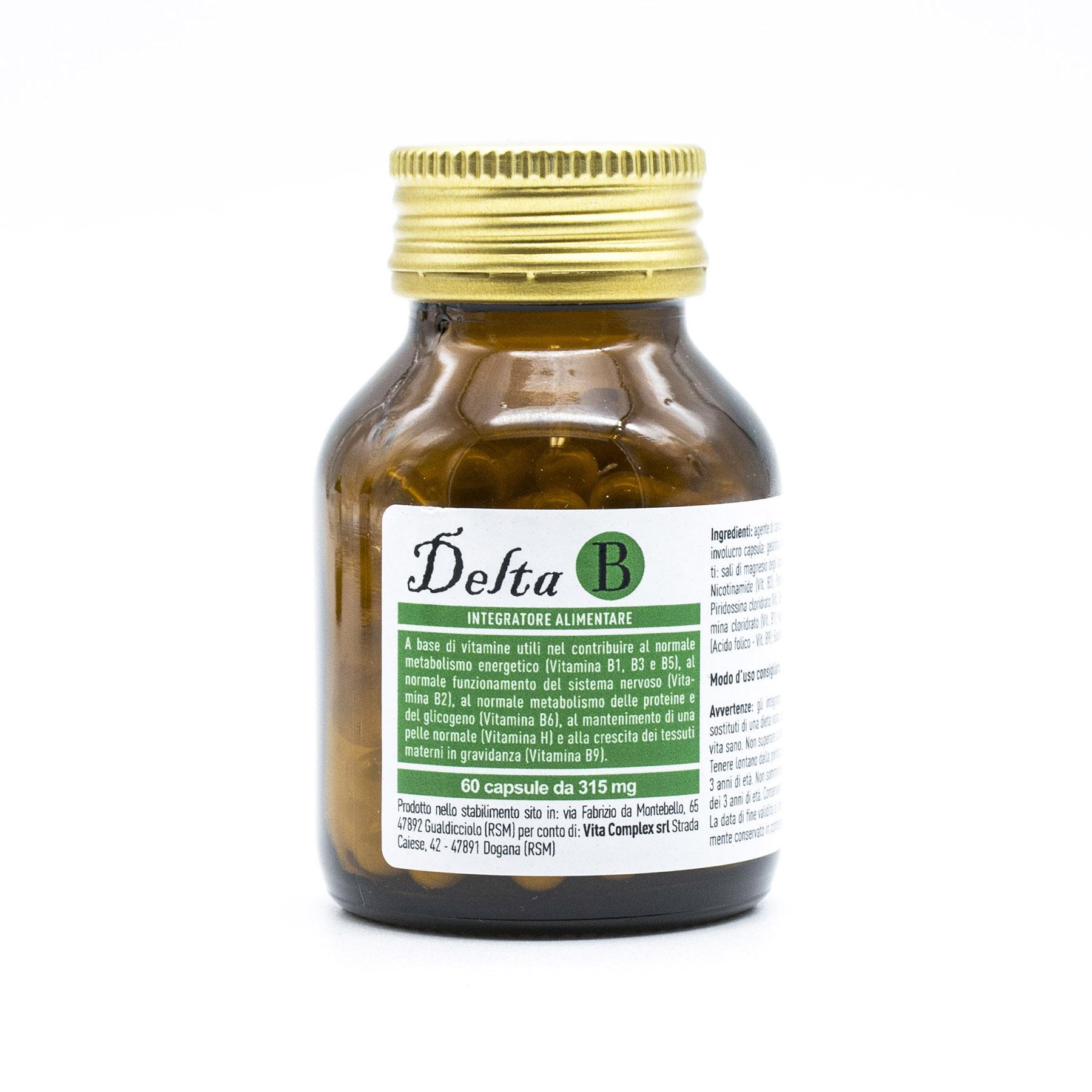
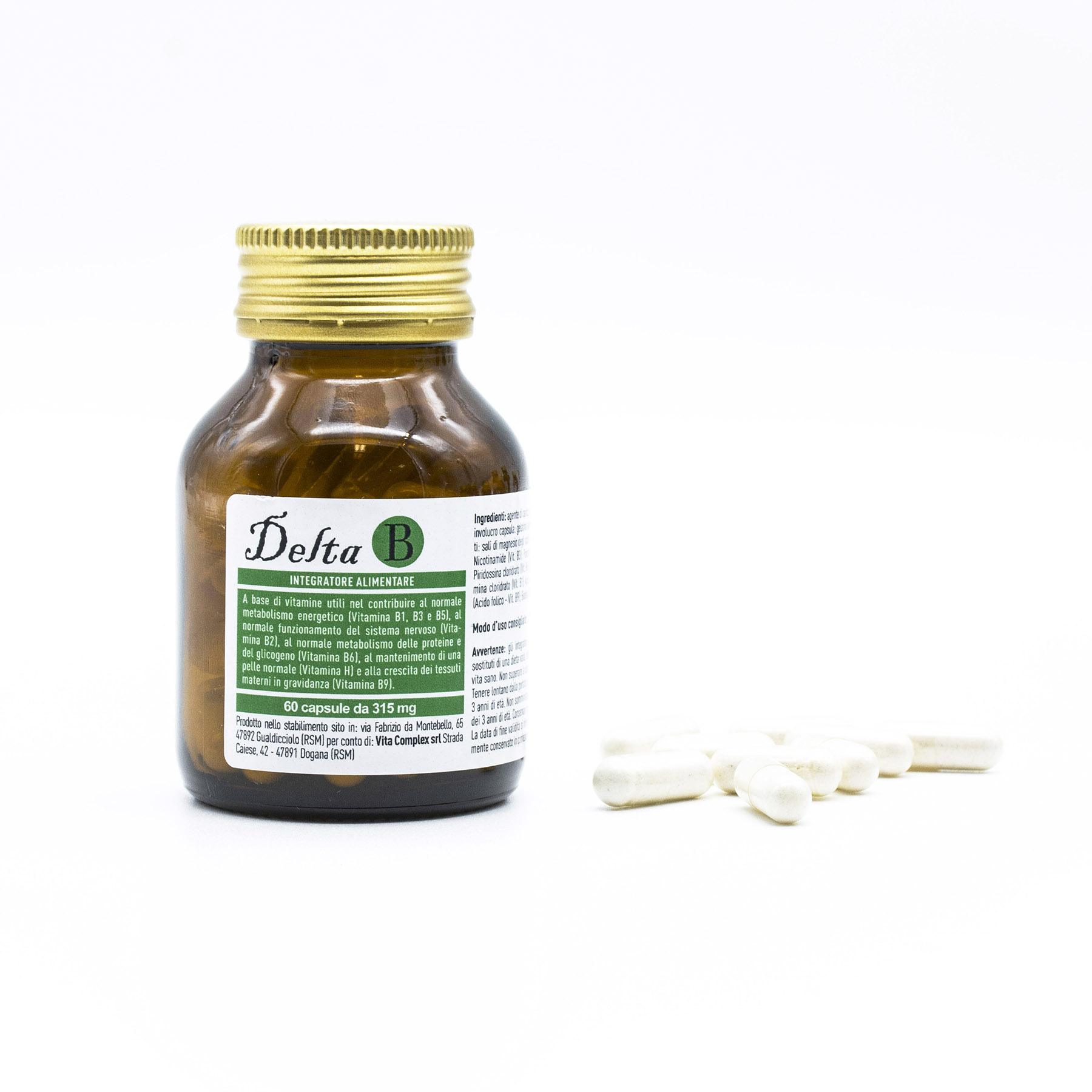
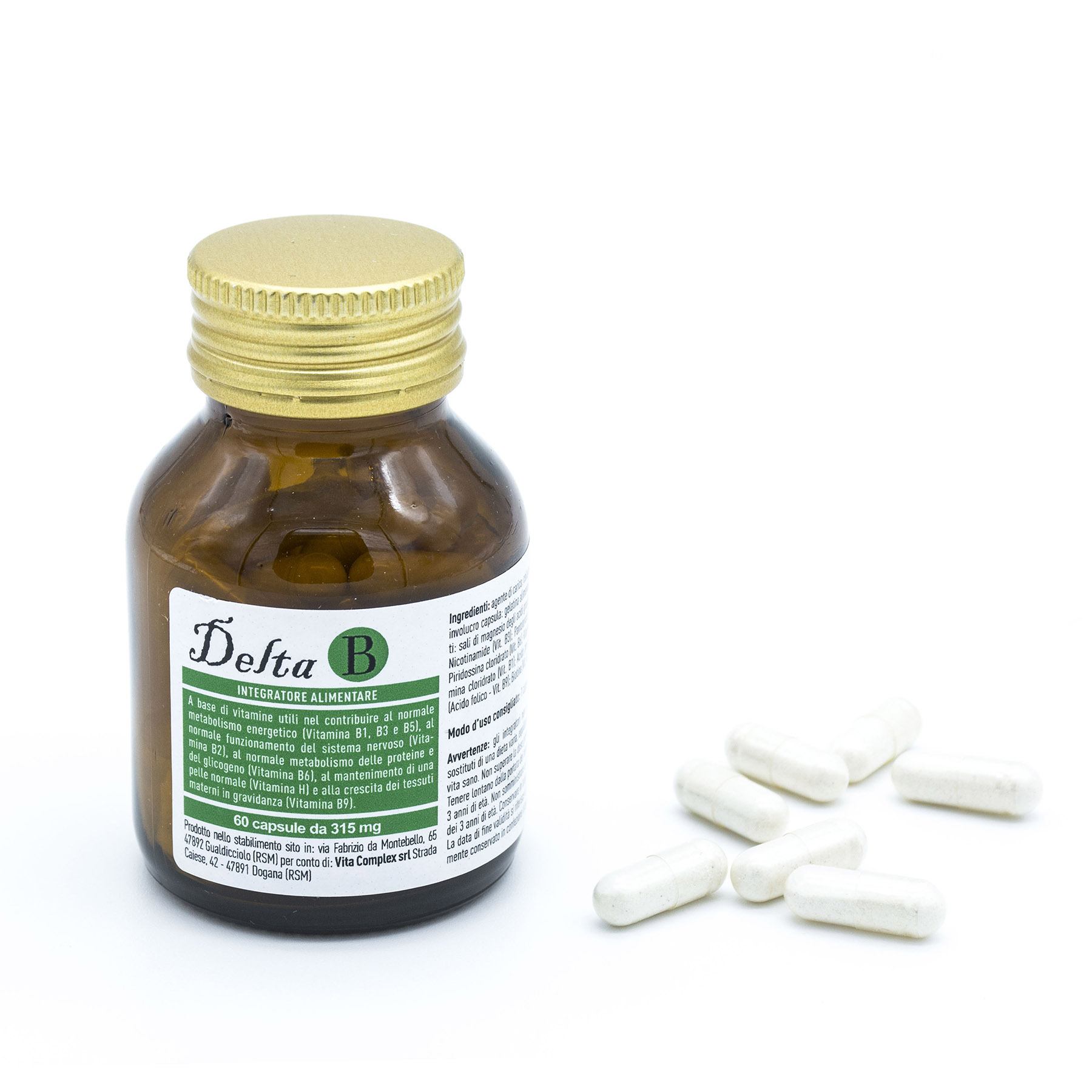
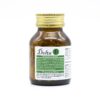
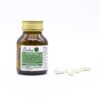
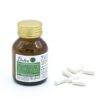

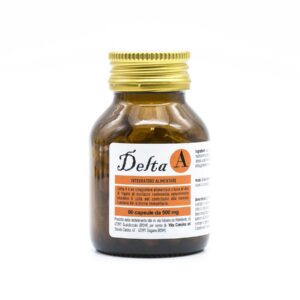


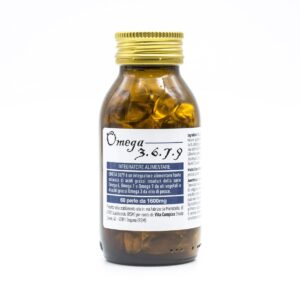



Avis
Il n’y a pas encore d’avis.